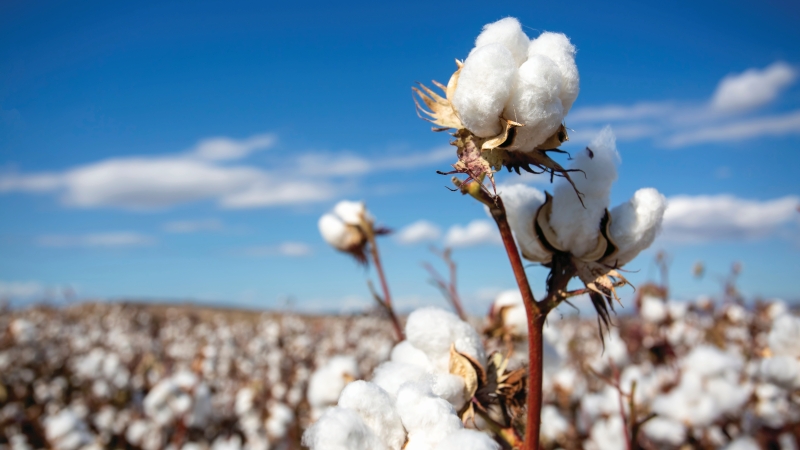Could the Market Drift into the Mid-70s? It’s Possible.
Cotton prices slid below 70 cents, basis March for the first time in months, as the market entered the last trading week of 2016. The 2017 calendar year should have more positive news in front of it, at least for the remaining 2016 crop year contracts, the March, May and July.
We had cautioned you of the demand problem facing cotton above 70 cents New York. Additionally, we commented that speculative funds, currently holding a record net long position in cotton, get nervous with the U.S.-Russia battle of verbs, as well as the U.S.-China saber rattling. Thus, cotton’s week was on the negative. But, as stated, market fundamental events remain well entrenched for a rally, and the technical damage done this past week appears to be only very minor.
Actually, it appears remarkable that the market has hung on to the 70 cent level as well as it has, given the very bearish attitude of USDA and triple-digit price break on December 19.
The trading range remains very firm, with only slight pricking lesions below 70.50 cents. The 70-73 cent price range should remain in force. A point estimate of the range is likely 69.25 to 72.85 cents.
Nevertheless, let’s not forget the speculative funds hold one of the two brass keys to price activity, and their “serious” nervousness would send the market lower. With managed funds being at record levels, it takes only minor selling (profit taking) to flush a market. With this in mind, the very bullish call sales position should garner the attention of more traders, as the March call sales/call purchases ratio is 6.7 to 1. Adding more fuel to the bullish attitude is the combined March/May/July ratio of over 9 to 1.
The likely outcome is that the market will continue to drift higher, but only to as high as 75 cents, at the most. This is not a prediction that the market will trade to 75 cents – repeat…repeat…repeat. I hold the 75 cent mark as a high for two reasons.
Initially, we have long discussed the export spigot will all but totally close with the nearby at 75 cents. The other reason is grounded in the nervousness of the managed funds and what I see as their nervousness to not take profits because they are so long. This nervousness will likely prevent any runaway to the top side. The two elements will work together to limit any greater advance.
The run to 78 cents in the summer should be viewed as nothing but manna from heaven that did not have any relation to demand or even simple market leveraging by participants. It was all gravy – the kind that comes very seldom over the course of several years.
Demand remains solid – not booming, but good. It is better than most expected, and it is better than many realize. Export sales continue to exceed expectations, based on USDA estimates. Net sales for the week ending December 15 were 282,700 RB, including 276,700 upland and 6,100 Pima. China was the primary buyer (86,000 bales), and Vietnam purchased 50,100 bales. Shipments totaled 230,300 RB, including China (70,500 bales) and Vietnam (43,400 bales). Activity has slowed slightly, but only marginally, as is typical during a holiday season.
Yet, there is the heavy hat fiber price competition sitting over any increase in cotton prices. That hat may be lifting a bit due to world environmental conditions relative to polyester contamination. In the past month, China has closed a number of polyester manufacturing operations due to environmental contamination and the advancement of smog throughout the country. We had earlier commented on rising polyester prices, from a low of near to 47 cents. Prices rose to a high of 57 cents this past week, with most quoted between 55 and 57 cents. Viscose manufacturers, seeing this, took the opportunity to increase fiber prices as well, and stood at 103 this past week.
Those that attempted to associate the word “sustainable” with polyester are discovering – granted 5 to 10 years late – the vast world environmental damage that has occurred in China directly due to it being the world’s primary supplier of polyester. Yet, apparel retailers and casual wear retailers such as Adidas and Nike love it because of the very large margins they can make off polyester versus cotton. Yet, a cotton product has a much longer life.
Give a gift of cotton today.









